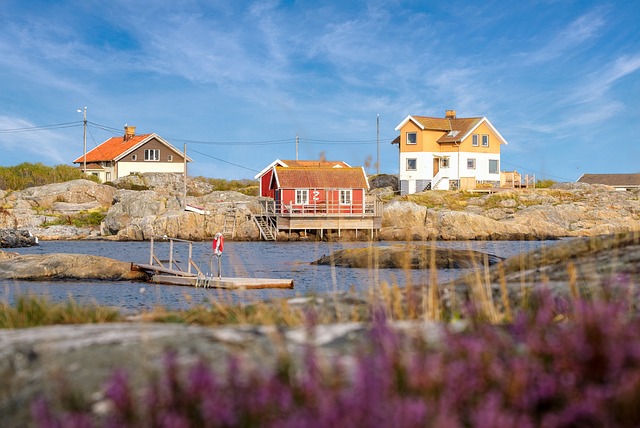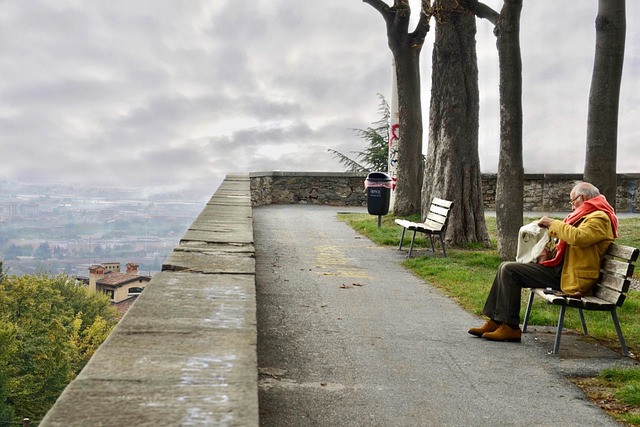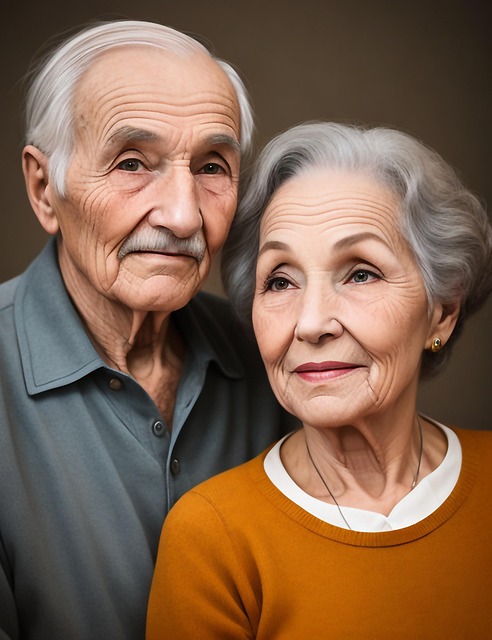Community spaces are vital to successful real estate development, fostering social support and strengthening neighborhood bonds through interaction and a sense of belonging. Well-designed areas like parks and centers enhance social cohesion, shared experiences, and mutual aid, building resilient, supportive communities. The real estate industry can transform moves or purchases into welcoming experiences that strengthen community ties through strategic planning, design, and organized events, contributing to healthier, more connected neighborhoods.
In today’s fast-paced world, community atmosphere plays a pivotal role in fostering social support. This article delves into the multifaceted impact of community spaces on enhancing well-being and strengthening connections within neighborhoods. We explore how real estate strategies can build trust and foster meaningful relationships, creating vibrant environments that promote social integration. By examining initiatives that transform spaces into hubs of interaction, we uncover innovative ways to strengthen communities and improve overall quality of life.
The Role of Community Spaces in Social Support
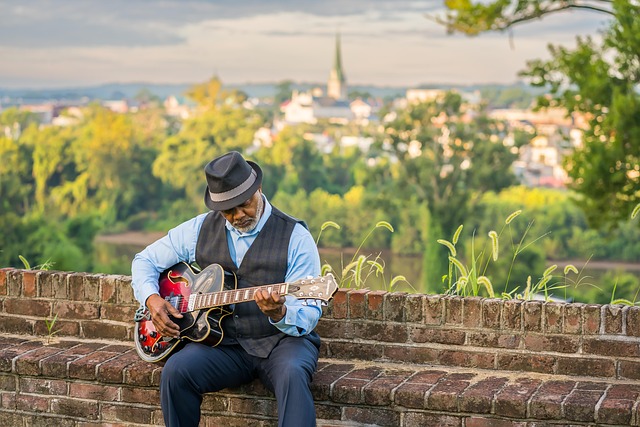
Community spaces play a pivotal role in fostering social support within neighborhoods, acting as the backbone of strong community bonds. These areas, often facilitated by real estate developments designed with social interaction in mind, provide residents with opportunities to connect and build relationships. From shared parks and community centers to vibrant street life, these spaces encourage face-to-face interactions, fostering a sense of belonging and mutual support.
Incorporating community spaces into the fabric of neighborhoods is a strategic move in real estate development that can significantly enhance social cohesion. Well-designed spaces stimulate social activities, enabling residents of diverse backgrounds to come together, share experiences, and offer assistance when needed. This interconnectedness is vital for building resilient communities where individuals support one another, contributing to overall well-being and a stronger sense of security within the neighborhood.
Building Trust and Connection Through Real Estate

The real estate industry often gets overlooked when discussing social support and community building, yet it plays a pivotal role in fostering connections that create a strong sense of belonging. When individuals move into a new neighborhood or purchase their first home, they not only acquire property but also become part of a community. Real estate agents and developers can significantly impact this transition by facilitating interactions between neighbors, creating opportunities for social gatherings, and encouraging shared spaces that promote trust and camaraderie.
Building communities centered around real estate involves thoughtful planning and design. Developers can incorporate communal areas like parks, community centers, or rooftop gardens where residents can connect, fostering a sense of neighborliness. Real estate professionals can also organize local events, such as block parties or neighborhood clean-up drives, to bring people together, break down barriers, and establish a strong foundation for social support networks. These initiatives not only enhance the quality of life but also contribute to a healthier, more connected community atmosphere.
Enhancing Well-being: Social Support in Neighborhoods
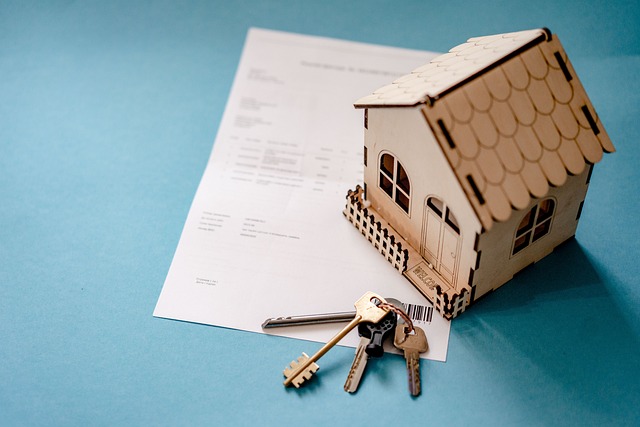
In the realm of real estate, the community atmosphere plays a pivotal role in fostering social support, which is integral to enhancing well-being. Neighborhoods that cultivate a strong sense of belonging encourage residents to connect with one another, creating a safety net of social connections. This interdependence can manifest in various ways, such as neighbors helping each other out during times of need, sharing resources, and collaborating on community initiatives. Such social support systems contribute significantly to mental health and overall quality of life within the neighborhood.
Real estate developers and urban planners can capitalize on this by designing communities that promote social interaction—from shared green spaces where folks can gather to organized community events that foster bonding. These efforts not only enhance property values but also create vibrant, resilient neighborhoods where residents feel supported and valued, ultimately leading to a more fulfilling and connected community life.



